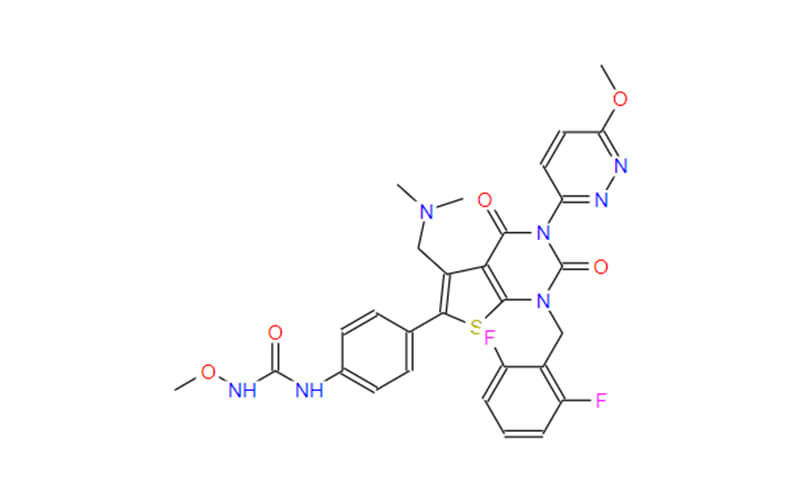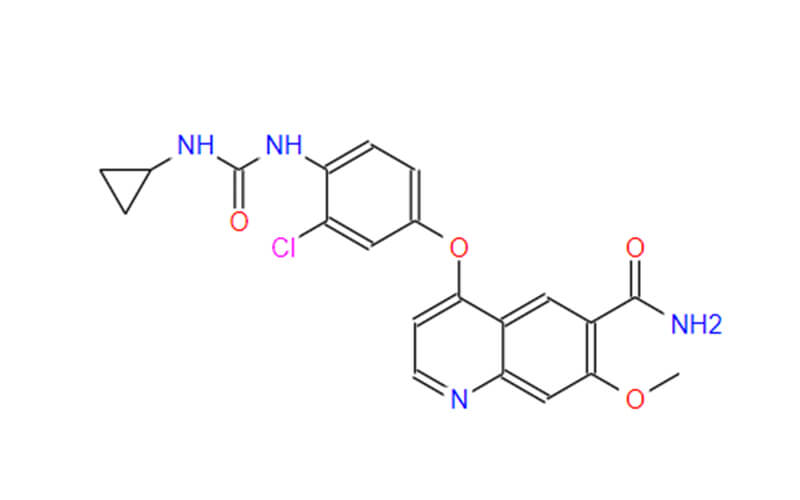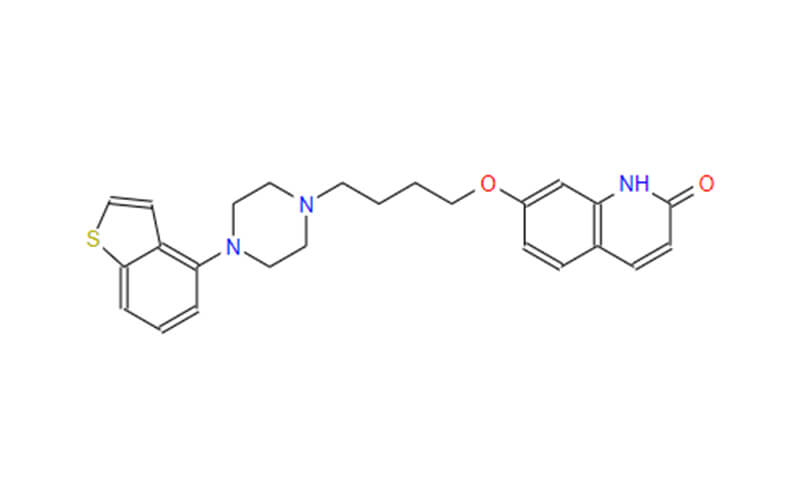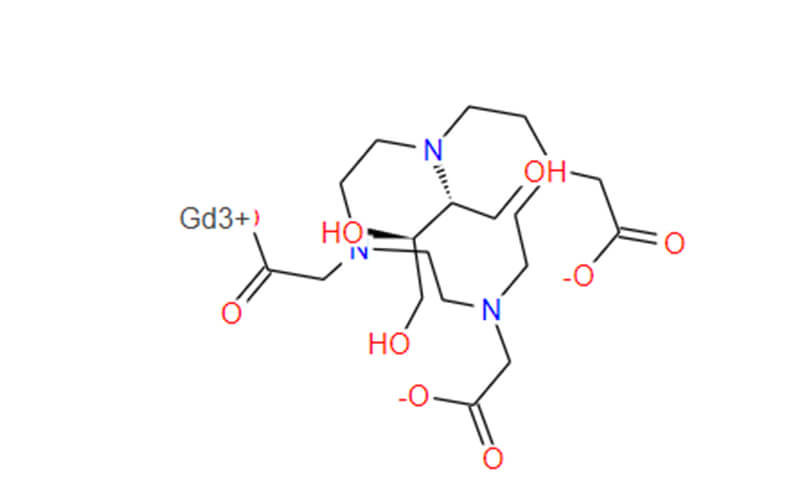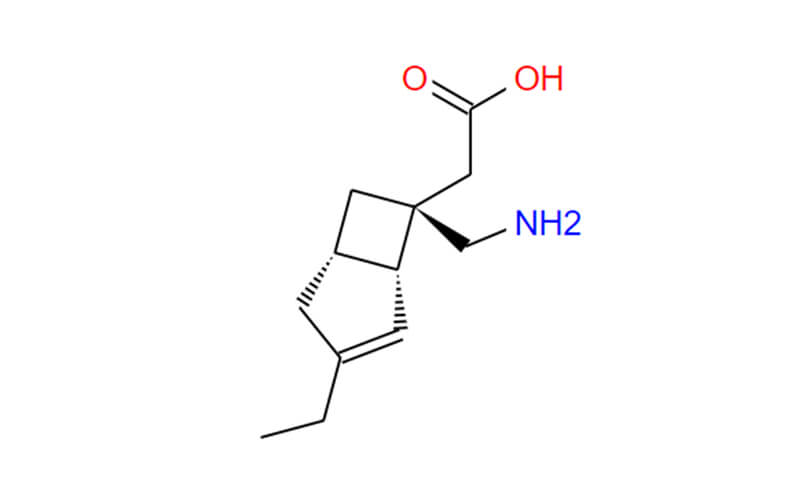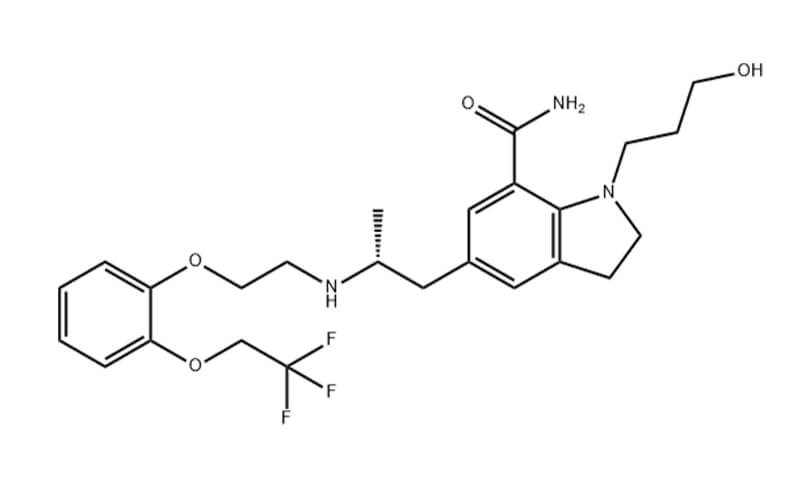What is The Difference Between Drug API And Drug Product?
In the pharmaceutical industry, drug API (active pharmaceutical ingredient) and drug product are two closely related but distinct terms that refer to different stages in the drug development process. Understanding the key distinctions between these two entities is crucial for comprehending the intricacies of drug manufacturing and regulatory considerations.
What is Drug API and Drug Product?
Drug API: The Therapeutic Essence
Drug API, an abbreviation for Active Pharmaceutical Ingredient, stands as the cornerstone of any pharmaceutical product. It is the pure, active substance responsible for producing the desired pharmacological effect in the body. API represents the culmination of rigorous scientific research, meticulous synthesis, and stringent testing to ensure its safety, efficacy, and quality.
To grasp the significance of API, consider the analogy of a key. A key is the essential component that unlocks the door, allowing access to a specific space. Similarly, API acts as the key that unlocks the body’s biological pathways, triggering the desired therapeutic response.

Drug Product: The Final Formulation
A drug product, on the other hand, represents the final form in which a drug is administered to a patient. It is the tangible embodiment of the API, carefully formulated with a range of inactive ingredients, known as excipients. These excipients, though seemingly insignificant, play a pivotal role in various aspects of drug delivery, such as formulation, stability, bioavailability, and appearance.
Excipients act as the supporting cast to the API, ensuring its optimal performance and patient acceptance. They serve as binders, ensuring the tablet’s integrity; disintegrants, facilitating the drug’s dissolution; and lubricants, preventing sticking during manufacturing.
The Key Difference Between Drug API and Drug Product
Drug API (Active Pharmaceutical Ingredient)
- Composition: Drug API is the pure, active substance responsible for producing the desired pharmacological effect in the body. It is the key component of a drug product, typically comprising a small percentage of the overall formulation.
- Purpose: Drug API is the therapeutic component responsible for the drug’s intended effect on the patient’s body. It interacts with specific biological targets to produce the desired physiological response.
Drug Product
- Composition: A drug product is the final form in which a drug is administered to a patient. It contains the API along with excipients, which are inactive ingredients that play a crucial role in drug delivery and patient acceptance.
- Purpose: The drug product is the tangible embodiment of the API, ensuring its optimal delivery to the target site in the body. It encompasses the formulation, dosage form, and administration route of the drug.
In summary, drug API is the heart of the drug, while drug product is the body that delivers it to the patient. Both are essential components in the development and manufacturing of effective and safe medications.
| Feature | Drug API | Drug Product |
| Composition | Pure, active substance | Active pharmaceutical ingredient (API) plus excipients |
| Purpose | To provide the therapeutic effect | To deliver the API to the patient in a safe and effective manner |
| Regulatory oversight | Individually tested and approved | Evaluated as a whole formulation |
| Examples | Aspirin, ibuprofen, acetaminophen | Aspirin tablets, ibuprofen capsules, acetaminophen syrup |
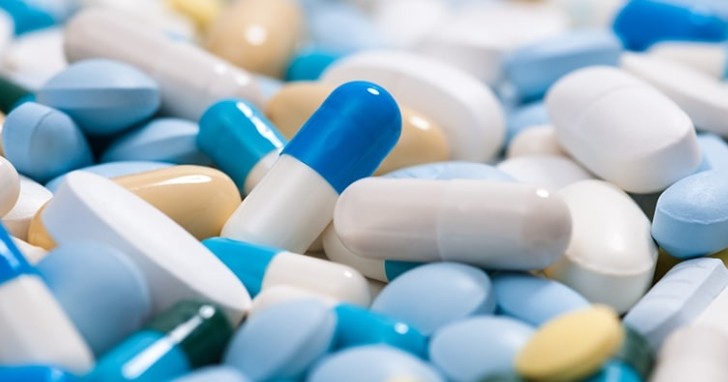
Types of Drug API and Drug Product
Classification of Drug API
Drug APIs can be classified based on their chemical structure, therapeutic class, and route of administration.
- Chemical Structure: Drug APIs can be classified based on their molecular structure, such as small molecules, peptides, proteins, or oligonucleotides. This classification is important for understanding the drug’s absorption, distribution, metabolism, and excretion (ADME) properties.
- Therapeutic Class: Drug APIs can be classified based on their intended pharmacological effect and therapeutic indication. This classification is crucial for understanding the drug’s mechanism of action and its potential therapeutic applications.
- Route of Administration: Drug APIs can be classified based on how they are administered to the patient, such as oral, topical, parenteral (injections), or inhaled. This classification is essential for selecting the appropriate formulation and delivery system for the drug.
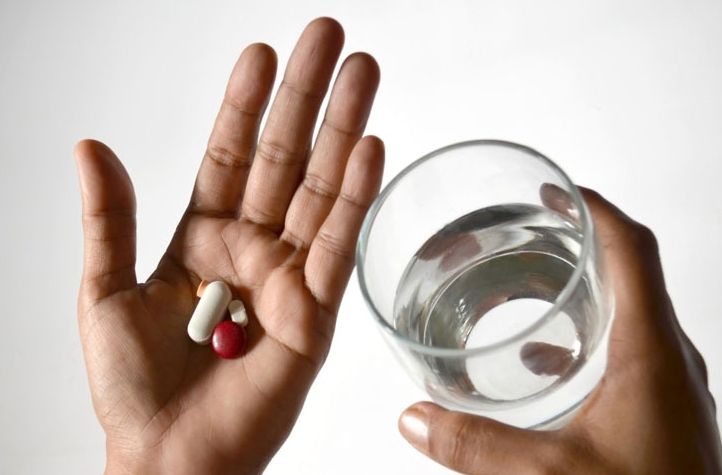
Classification of Drug Product
Drug products can be classified according to their dosage form, administration route, and intended use.
- Dosage Form: Drug products can be classified based on their physical form, such as tablets, capsules, solutions, suspensions, ointments, or injectables. This classification determines the drug’s appearance, stability, and route of administration.
- Administration Route: Drug products can be classified based on how they are delivered to the patient’s body, such as oral, topical, parenteral (injections), or inhaled. This classification determines the drug’s absorption, distribution, and metabolism within the body.
- Intended Use: Drug products can be classified based on their therapeutic indication or the specific disease or condition they are intended to treat or prevent. This classification is crucial for understanding the drug’s efficacy, safety profile, and potential side effects.
Conclusion
Drug API and drug products, though distinct entities, are inextricably linked in the pursuit of pharmaceutical excellence. API embodies the therapeutic potential, while drug product translates that potential into a form that can effectively reach and benefit patients. Their harmonious synergy is a testament to the intricate science and meticulous craftsmanship behind the creation of life-saving medications.

